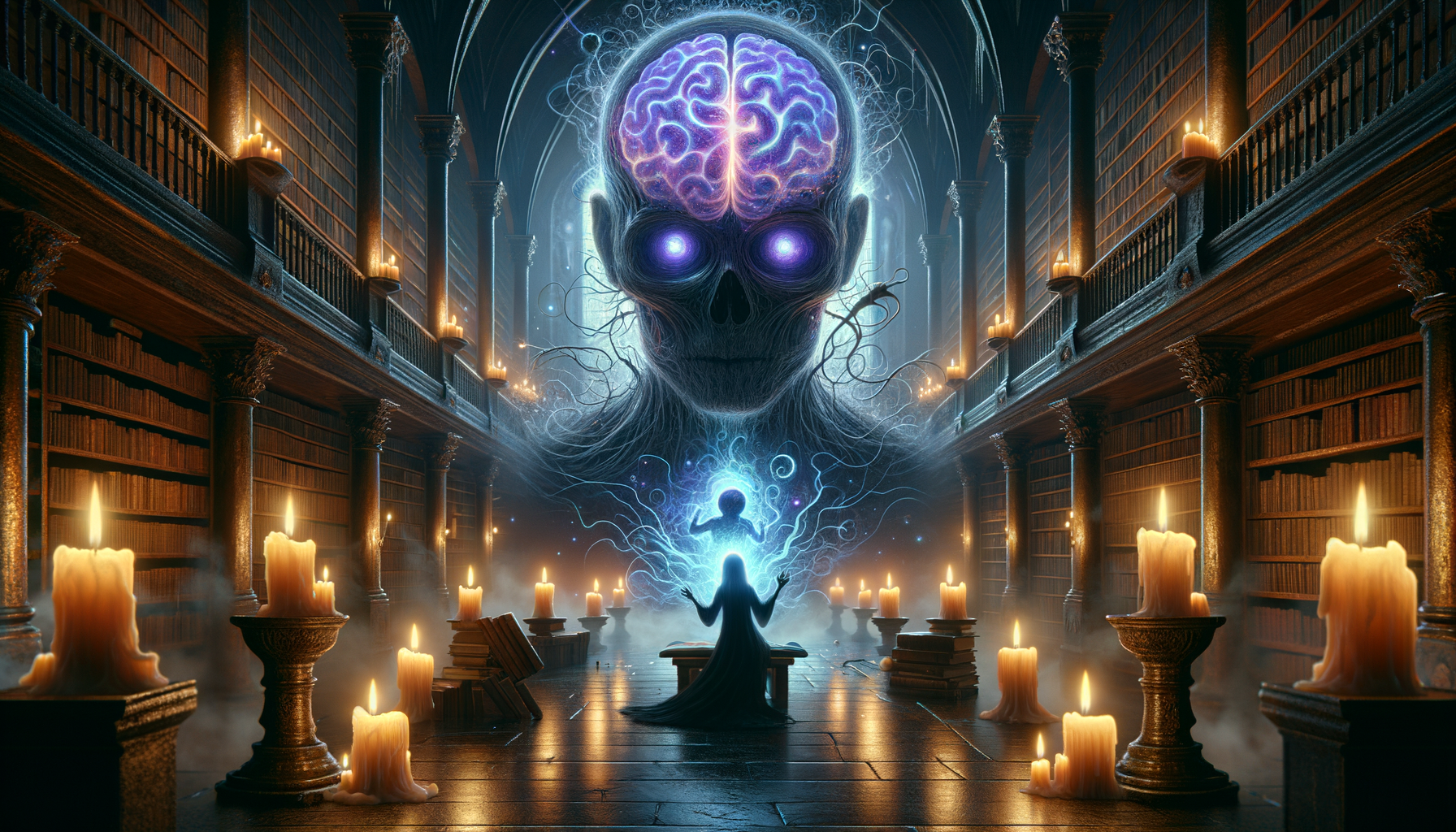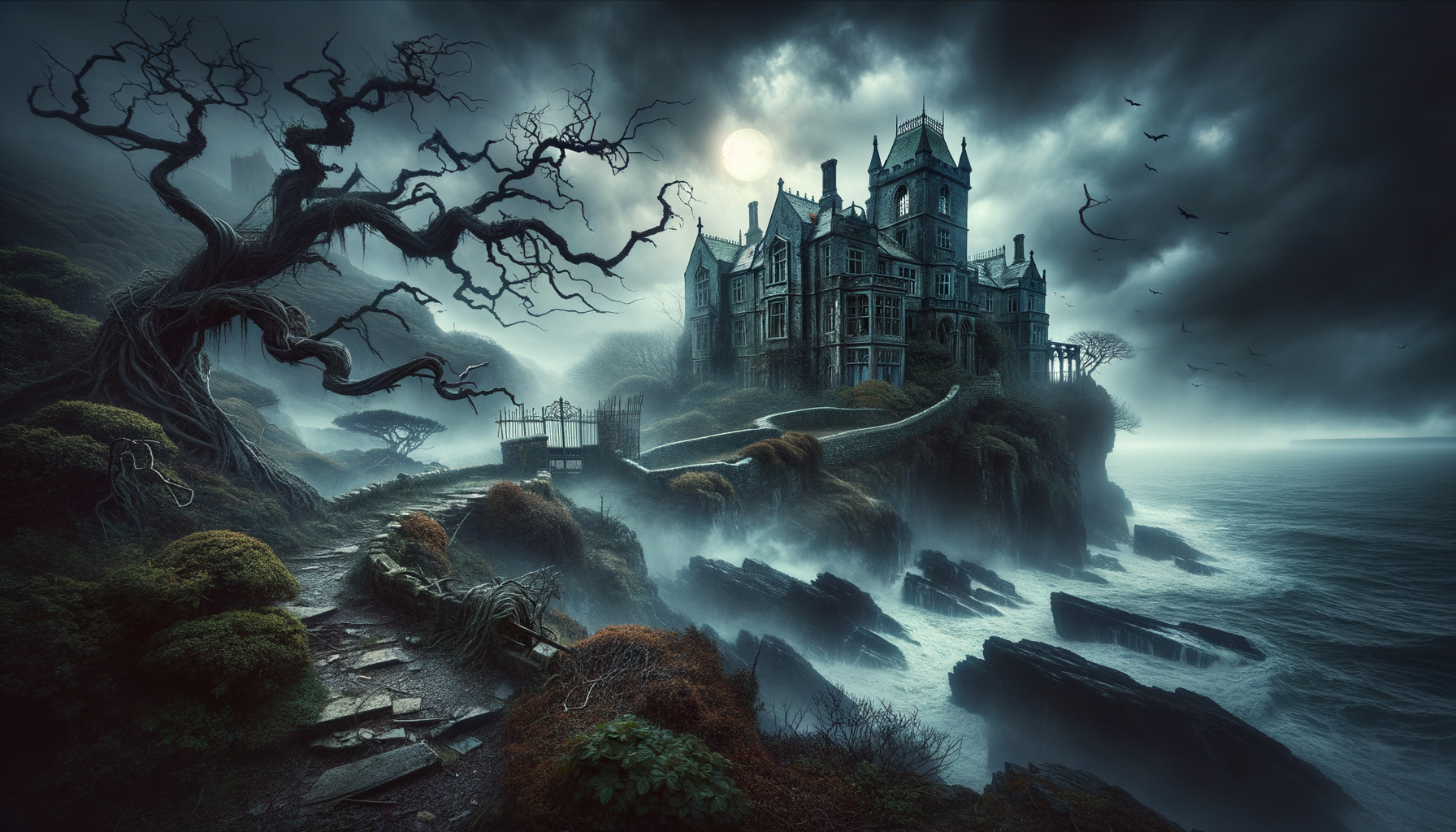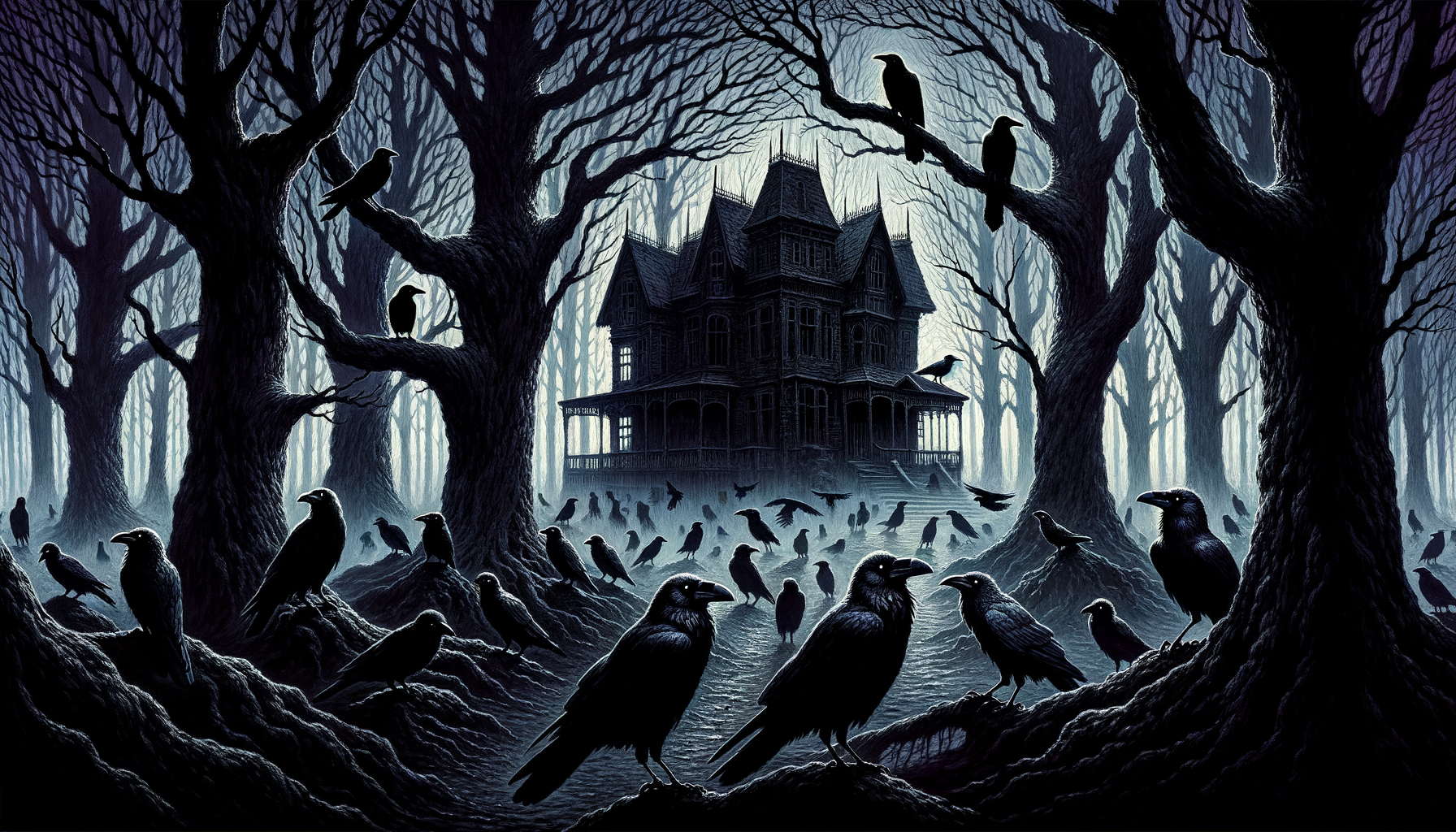Have you ever noticed how horror stories captivate us with their complex characters and eerie plots? Now, imagine adding the fascinating lens of neurodiversity to this mix! Today, we’re diving deep into the crucial yet often overlooked intersection of neurodiversity and horror. By exploring how characters with diverse neurological profiles are portrayed, we not only enrich our understanding of the genre but also contribute to a more inclusive literary landscape. Did you know that a 2021 study found that nearly 1 in 7 people worldwide are neurodivergent? It’s high time these perspectives took center stage in horror narratives! So, buckle up for a thrilling ride through the mind-bending world of neurodiversity in horror.
The Evolution of Neurodiversity in Horror Literature
Historical Overview: Early Portrayals of Neurodivergent Characters in Horror
When we look back at the early days of horror literature, neurodivergent characters were often depicted through a lens of fear and misunderstanding. These characters were frequently cast as villains or objects of pity, reflecting societal biases and limited understanding of neurodiversity. The horror genre, with its focus on the unknown and the terrifying, seemed to find a ready-made antagonist in characters who deviated from the neurotypical norm.
Key Milestones and Shifts in the Genre
As time progressed, there were significant milestones that marked a shift in how neurodivergent characters were portrayed. The late 20th century, in particular, saw a gradual but notable change. Authors and filmmakers began to explore the complexities of neurodivergent minds, moving away from one-dimensional portrayals. Works like “Psycho” and “Carrie” introduced characters who, while still often cast in troubling roles, were given more depth and nuance.
Influence of Cultural and Societal Changes on Neurodiversity Representations
The evolution in horror literature didn’t happen in a vacuum. Broader cultural and societal changes played a critical role. As awareness and understanding of mental health and neurodiversity grew, so did the representations in media. The horror genre began to reflect these shifts, offering more empathetic and layered portrayals of neurodivergent characters. This change was not just about accuracy but also about enriching the narrative complexity of horror stories.
Iconic Neurodivergent Characters in Horror
Analyzing Memorable Neurodivergent Characters Across Literature and Film
Some neurodivergent characters have left an indelible mark on the horror genre. Take Norman Bates from “Psycho,” for instance. His character is a study in the complexities of the human psyche, blending horror with psychological depth. Similarly, Carrie White from Stephen King’s “Carrie” is another iconic character whose neurodivergent traits add layers to her tragic and horrifying story.
How These Characters Challenge Stereotypes and Bring Depth to Horror Narratives
These characters do more than just serve the plot; they challenge stereotypes. Norman Bates, for example, is not just a villain but a deeply troubled individual whose actions stem from a complicated psychological background. Carrie White’s story is a poignant exploration of bullying, social isolation, and the catastrophic consequences of misunderstanding and mistreating those who are different.
The Impact of Characters Like Norman Bates, Carrie White, and Others
The impact of these characters is profound. They have set a precedent for how neurodivergent characters can be portrayed in horror—complex, multifaceted, and deeply human. They have also opened the door for more nuanced and respectful representations in future works, pushing the genre to explore new depths.
The Psychological Depth: Neurodiversity as a Horror Device
How Neurodivergent Traits Amplify Psychological Horror
Neurodivergent traits can significantly amplify the psychological horror element of a story. The internal struggles, cognitive dissonance, and emotional complexities of neurodivergent characters can create a rich tapestry of fear and tension. These characters often navigate a world that feels hostile and incomprehensible, which can be deeply unsettling for the audience.
Cognitive Dissonance and Emotional Complexity in Neurodivergent Storytelling
The cognitive dissonance experienced by neurodivergent characters can add layers of psychological horror. The internal conflicts and emotional turmoil they face can make their actions unpredictable and their experiences harrowing. This complexity not only heightens the horror but also invites the audience to engage with the character on a deeper emotional level.
Ethical Implications: Sensitivity vs. Sensationalism
However, there are ethical implications to consider. There’s a fine line between sensitivity and sensationalism. While neurodivergent traits can enrich a horror narrative, it’s crucial to portray these characters with respect and accuracy. Sensationalizing their conditions for the sake of horror can perpetuate harmful stereotypes and misunderstandings.
Neurodiversity and Horror Writing: Best Practices
Guidelines for Writing Authentic Neurodivergent Characters
When it comes to writing neurodivergent characters in horror, authenticity is key. Research is essential. Understanding the specific neurodivergent condition you’re portraying can help create a character that feels real and nuanced. It’s also important to focus on the character’s humanity, not just their neurodivergent traits.
Avoiding Common Pitfalls and Stereotypes
Avoiding stereotypes is crucial. Neurodivergent characters should not be reduced to their condition. They should be as complex and multifaceted as any other character. It’s also important to avoid using neurodivergence as a mere plot device or an easy way to elicit fear.
Collaborating with Neurodivergent Creators and Sensitivity Readers
One of the best ways to ensure authenticity is to collaborate with neurodivergent creators and sensitivity readers. Their insights can provide valuable perspectives that enrich the narrative and ensure respectful representation. This collaboration can also help avoid unintentional harm and create a more inclusive and accurate portrayal.
The Role of Filmmakers and Authors in Promoting Neurodiversity
Case Studies: Filmmakers and Authors Who Have Successfully Integrated Neurodiversity
There are several filmmakers and authors who have successfully integrated neurodiversity into their works. For example, M. Night Shyamalan’s “Split” and the character of Kevin Wendell Crumb, while controversial, sparked important conversations about mental health and neurodiversity. Similarly, films like “A Quiet Place” feature neurodivergent characters in roles that are integral to the story without reducing them to their condition.
The Importance of Diversity Behind the Scenes
Diversity behind the scenes is just as important as on-screen representation. A diverse team can bring a variety of perspectives and experiences, enriching the narrative and ensuring more authentic portrayals. This diversity can also help create a more inclusive environment where neurodivergent voices are heard and respected.
Future Outlook: Emerging Trends and Possibilities for Neurodiversity in Horror
Looking to the future, there are exciting possibilities for neurodiversity in horror. As societal understanding and acceptance of neurodiversity continue to grow, we can expect to see even more nuanced and respectful portrayals. Emerging trends suggest a move towards stories that not only include neurodivergent characters but also center their experiences, offering new and compelling narratives that push the boundaries of the horror genre.
Conclusion
As we conclude this exploration into neurodiversity in horror, it’s clear that these complex characters and themes breathe new life into the genre. By understanding and appreciating neurodivergent perspectives, we create richer, more inclusive stories that resonate on a deeper level. Whether you’re a reader, writer, or filmmaker, the opportunities to expand and enrich horror are boundless. Ready to dive deeper into the eerie yet enlightening world of neurodiversity in horror? Share your thoughts and join the conversation!




